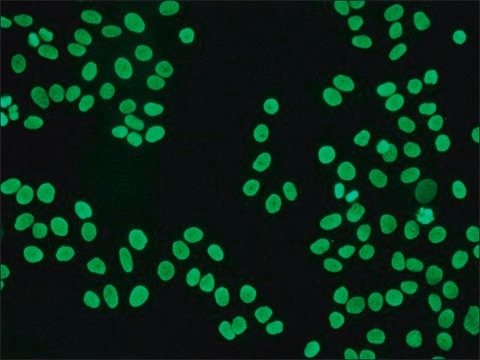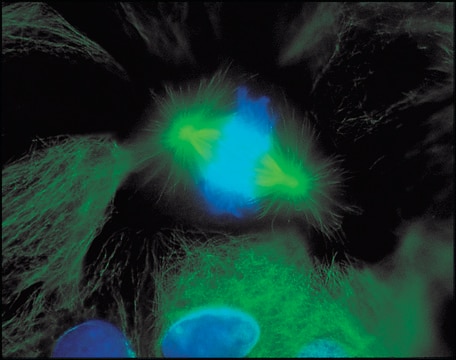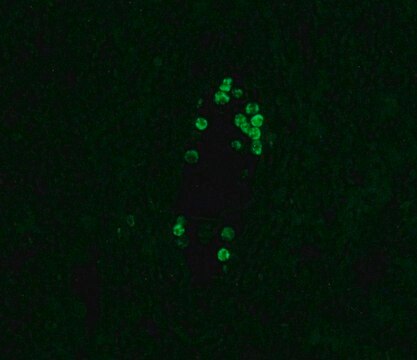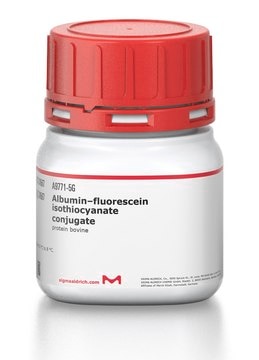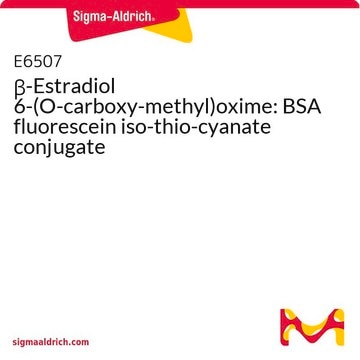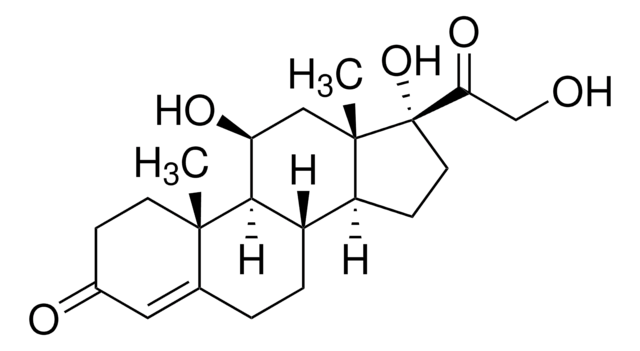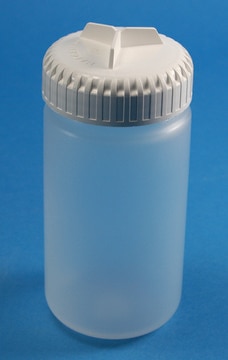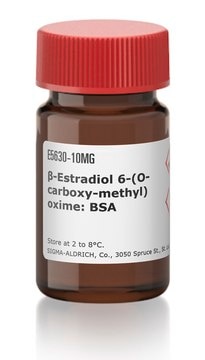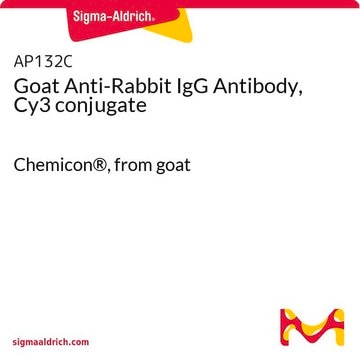C2571
Anti-Human IgG (Fc specific)-Cy3 antibody produced in goat
affinity isolated antibody, buffered aqueous solution
Sign Into View Organizational & Contract Pricing
All Photos(1)
About This Item
Recommended Products
biological source
goat
Quality Level
conjugate
CY3 conjugate
antibody form
affinity isolated antibody
antibody product type
secondary antibodies
clone
polyclonal
form
buffered aqueous solution
species reactivity
human
technique(s)
immunohistochemistry (formalin-fixed, paraffin-embedded sections): 1:50
shipped in
wet ice
storage temp.
2-8°C
target post-translational modification
unmodified
Related Categories
Application
Anti-Human IgG (Fc specific)-Cy3 antibody produced in goat was used to screen sera on glycopeptide microarrays at a dilution of 1:1000. It was used at a working dilution of 1:100 for immunohistochemistry analysis of mouse footpad sections incubated with human polyclonal anti-Leishmania serum.
Biochem/physiol Actions
IgG antibody subtype is the most abundant of serum immunoglobulins of the immune system. It is secreted by B cells and is found in blood and extracellular fluids and provides protection from infections caused by bacteria, fungi and viruses. Maternal IgG is transferred to fetus through the placenta that is vital for immune defense of the neonate against infections. The coupling of Cy3 to Anti-Human IgG (Fc specific) antibody allows for the visualization of proteins by fluorescent microscopy.
Physical form
Solution in 0.01 M phosphate buffered saline, pH 7.4, containing 1% bovine serum albumin and 15 mM sodium azide
Legal Information
Cy is distributed under license from Amersham Biosciences Limited.
Disclaimer
Unless otherwise stated in our catalog or other company documentation accompanying the product(s), our products are intended for research use only and are not to be used for any other purpose, which includes but is not limited to, unauthorized commercial uses, in vitro diagnostic uses, ex vivo or in vivo therapeutic uses or any type of consumption or application to humans or animals.
Not finding the right product?
Try our Product Selector Tool.
wgk_germany
nwg
flash_point_f
Not applicable
flash_point_c
Not applicable
Certificates of Analysis (COA)
Search for Certificates of Analysis (COA) by entering the products Lot/Batch Number. Lot and Batch Numbers can be found on a product’s label following the words ‘Lot’ or ‘Batch’.
Already Own This Product?
Find documentation for the products that you have recently purchased in the Document Library.
John S Tzartos et al.
Journal of the neurological sciences, 410, 116673-116673 (2020-01-19)
IgG antibodies to myelin oligodendrocyte glycoprotein (MOG) detected by cell based assays (CBA) have been identified in a constantly expanding spectrum of CNS demyelinating disorders. However, a universally accepted CBA has not been adopted yet. We aimed to analyze the
Anna Chuprin et al.
Genes & development, 27(21), 2356-2366 (2013-11-05)
Cellular senescence limits proliferation of potentially detrimental cells, preventing tumorigenesis and restricting tissue damage. However, the function of senescence in nonpathological conditions is unknown. We found that the human placental syncytiotrophoblast exhibited the phenotype and expressed molecular markers of cellular
Ola Blixt et al.
Breast cancer research : BCR, 13(2), R25-R25 (2011-03-10)
Detection of serum biomarkers for early diagnosis of breast cancer remains an important goal. Changes in the structure of O-linked glycans occur in all breast cancers resulting in the expression of glycoproteins that are antigenically distinct. Indeed, the serum assay
Marie Anzo et al.
Genes & development, 31(10), 1054-1065 (2017-06-24)
Proper function of the neural network results from the precise connections between axons and dendrites of presynaptic and postsynaptic neurons, respectively. In the Drosophila olfactory system, the dendrites of projection neurons (PNs) stereotypically target one of ∼50 glomeruli in the
Jed Paul et al.
Journal of immunological methods, 432, 57-64 (2016-02-24)
Enzyme-linked immunosorbent assays (ELISAs) have traditionally been used to detect alloantibodies in patient plasma samples post hematopoietic cell transplantation (HCT); however, protein microarrays have the potential to be multiplexed, more sensitive, and higher throughput than ELISAs. Here, we describe the
Our team of scientists has experience in all areas of research including Life Science, Material Science, Chemical Synthesis, Chromatography, Analytical and many others.
Contact Technical Service